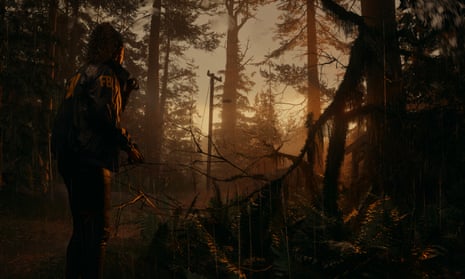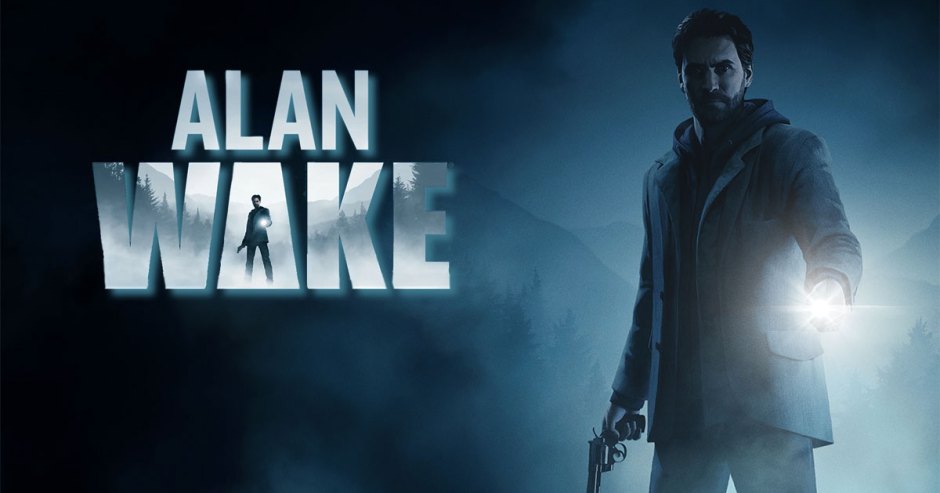Alan Wake 2 PC Review: A Mind-Bending Masterpiece (and How to Run It) Alan Wake 2 isn't just a sequel; it's a resurrection.
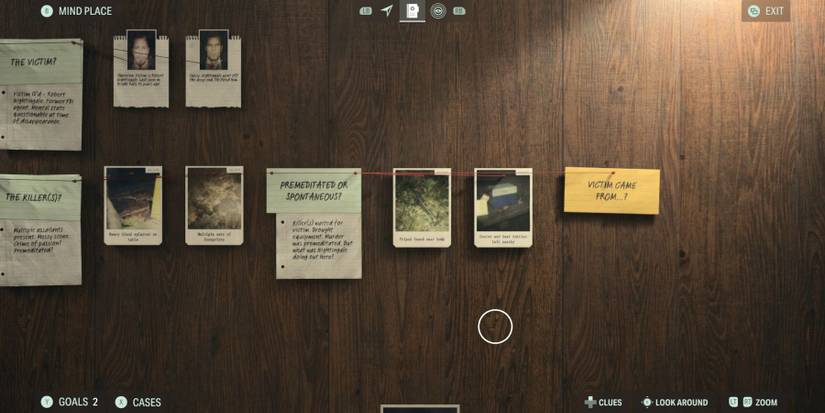
Alan Wake 2 isn't just a sequel; it's a resurrection. Remedy Entertainment has crafted a psychological horror experience that burrows deep under your skin and refuses to let go. For PC gamers, especially those of us who demand both artistic brilliance and technical competence, this is a title you simply can't ignore. But does it live up to the hype? And, crucially, can your rig handle it? Let's dive in.
Gameplay & Mechanics: Into the Mind Place
The core of Alan Wake 2's gameplay revolves around two distinct but intertwined mechanics. As Alan Wake, you manipulate reality with his writing, altering the environment to progress. But it’s Saga Anderson's Mind Place that truly elevates the experience, offering a detective layer reminiscent of, but distinct from, the best in the genre.
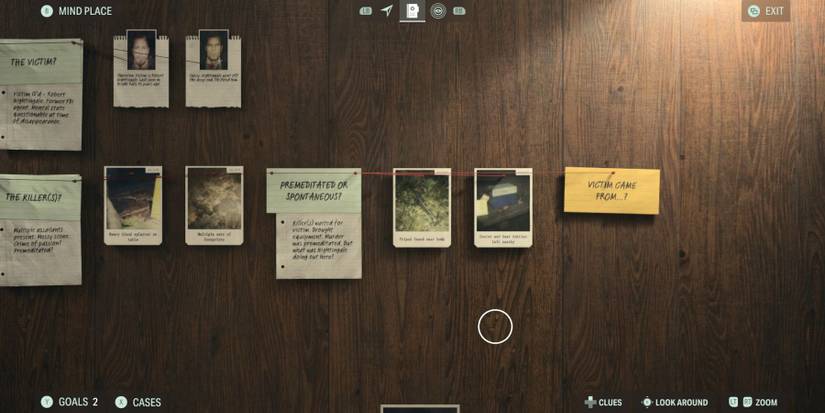
Saga's Mind Place is where she pieces together the crime. Think of it as a virtual detective board, a mental sanctuary where she analyzes clues, profiles suspects, and connects the dots. This isn't just about finding evidence; it's about understanding it.
Compared to LA Noire, where interrogation and evidence collection were the primary focus, Alan Wake 2 puts more emphasis on deduction and psychological profiling. LA Noire relied on reading facial cues (sometimes inaccurately), while Alan Wake 2 encourages you to delve into the motivations and histories of the characters.
The comparison to Disco Elysium is more apt, although still distinct. Disco Elysium thrives on dialogue analysis and character interaction to build a world and solve a mystery, relying heavily on internal monologues and skill checks. Alan Wake 2 uses dialogue, but it's Saga's Mind Place that serves as the central hub for analysis, allowing players to actively participate in the detective work. The Mind Place isn’t just a menu; it's a representation of Saga's thought process.
One of the Mind Place’s strengths is its impact on puzzle-solving. Finding a clue in the real world doesn't automatically solve the puzzle; you have to bring it back to the Mind Place, analyze it, and connect it to other pieces of evidence. This makes puzzle-solving feel organic and rewarding. For example, early in the game, you find a page of Alan Wake's manuscript. Taking this manuscript page back to the Mind Place allows Saga to profile the murderer, allowing her to connect it to crime scenes and provide new dialogue with other characters in the game.
However, the Mind Place isn't without its weaknesses. At times, the connections can feel a little too straightforward, and the profiling mechanic, while engaging, can occasionally lead to obvious conclusions, slightly diminishing the sense of genuine discovery.
Narrative Analysis: Two Sides of the Same Coin
Alan Wake 2 boldly embraces a dual protagonist structure, weaving together the stories of Alan Wake and Saga Anderson. This narrative tapestry is both its greatest strength and a potential point of contention for some players.
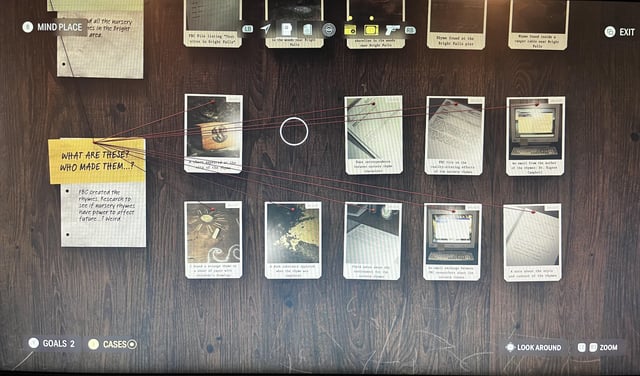
The shifting perspectives are reminiscent of The Last of Us Part II, where playing as different characters with conflicting motivations forced players to confront uncomfortable truths and question their own allegiances. While Alan Wake 2 isn't quite as morally ambiguous, the contrasting perspectives of Alan and Saga add layers of complexity to the story. Alan’s subjective experience in the Dark Place, a nightmarish reflection of reality, stands in stark contrast to Saga's objective investigation in Bright Falls. This creates a powerful sense of disorientation and unease, constantly questioning what is real and what is not.
The effectiveness of this approach hinges on player engagement. If you embrace the ambiguity and the shifting perspectives, you'll be rewarded with a richer, more nuanced understanding of the plot. However, those who prefer a more straightforward narrative may find the constant switching between characters jarring. For instance, after completing an entire sequence with Saga, the game may switch back to Alan, leaving the player wondering when they will return to the character that they were just investing time in. This can be frustrating for some players, but it serves to create tension and the desire to want to continue playing the game.
Despite the narrative complexity, Alan Wake 2 does a surprisingly good job of welcoming newcomers. While knowledge of the first game enriches the experience, it's not strictly necessary to understand the main storyline. The game provides enough context and exposition to bring new players up to speed, although long-time fans will undoubtedly appreciate the deeper lore and Easter eggs.
Graphics: A Ray-Traced Nightmare
Alan Wake 2 is a visual showcase, pushing the boundaries of what's possible on PC. The use of ray tracing and path tracing is nothing short of transformative, creating a level of realism and atmosphere that few games can match.
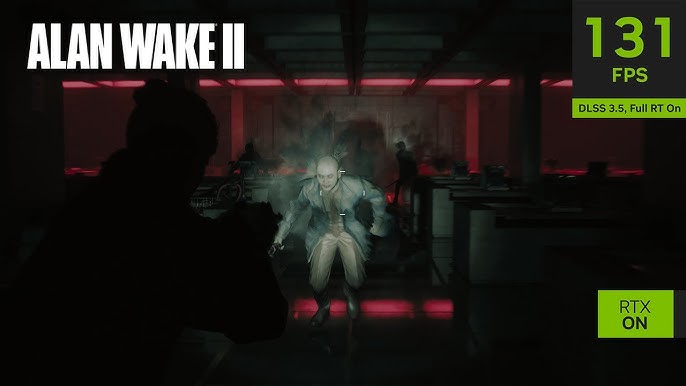
Bright Falls and the Dark Place are brought to life with stunning detail. Ray-traced reflections in puddles mirror the rain-slicked streets, while shadows cast by flickering streetlights dance across the environment, amplifying the horror and suspense. The visual fidelity is exceptional, and the artistic direction perfectly complements the game's unsettling tone. Each location is crafted with realistic and detailed designs.
PC Performance: DLSS 3.5 to the Rescue?
Let's get down to brass tacks: how does Alan Wake 2 perform on PC? I tested the game on a system equipped with an RTX 4070, and the results were...mixed. At native resolution (1440p) with maxed-out settings and ray tracing enabled, the framerate hovered in the 30-40fps range. This is where DLSS 3.5 Ray Reconstruction comes into play.
With DLSS 3.5 enabled (set to "Quality"), the framerate jumped to a much more playable 60-70fps. More importantly, the image quality remained remarkably sharp. DLSS 3.5 does an excellent job of reconstructing ray-traced effects, minimizing the performance impact without sacrificing visual fidelity. DLSS Frame Generation is also available to push the framerates higher.
However, Alan Wake 2 is still a demanding title. Even with DLSS enabled, you may need to tweak some settings to achieve a smooth and consistent framerate. Lowering shadow quality, reducing the number of reflections, and disabling certain post-processing effects can all provide a noticeable performance boost.
I did encounter a few minor graphical glitches during my playthrough, such as occasional texture pop-in and flickering shadows. However, these were relatively rare and didn't significantly detract from the overall experience.
Here are my recommendations for balancing visual quality and performance:
High-End PCs (RTX 3080 or better): Max out most settings, enable ray tracing (medium to high), and use DLSS 3.5 Ray Reconstruction (Quality or Balanced).
Mid-Range PCs (RTX 3070 or equivalent): Reduce shadow quality, lower reflection settings, enable DLSS 3.5 Ray Reconstruction (Balanced or Performance), and consider disabling certain post-processing effects.
Overall Experience: A Triumph of Horror and Narrative
Alan Wake 2 is a triumph. Remedy has successfully blended psychological horror, detective gameplay, and a complex narrative into a cohesive and unforgettable experience. The game's appeal extends to both fans of the original Alan Wake and newcomers to the franchise, offering a rich and immersive world that will stay with you long after the credits roll.
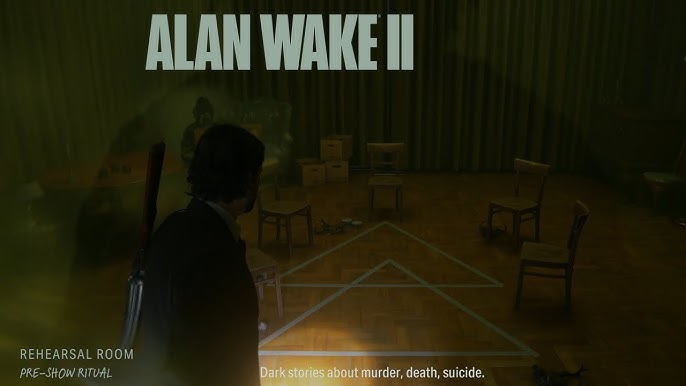
Remedy's approach to crafting engaging and suspenseful narratives is masterful. The pacing is deliberate, the atmosphere is suffocating, and the twists and turns will keep you guessing until the very end. The game begs to be replayed, as there are many layers to unpack and details to uncover. It will be interesting to see how Remedy expands upon the story and characters in future DLCs.
Verdict: A Must-Play for Horror Fans (with a Caveat)
Alan Wake 2 is a must-play for PC gaming enthusiasts who appreciate well-designed, technically sound games and insightful commentary. However, be prepared to tweak your settings to achieve optimal performance. The game is accessible to newcomers and deep enough for hardcore fans.
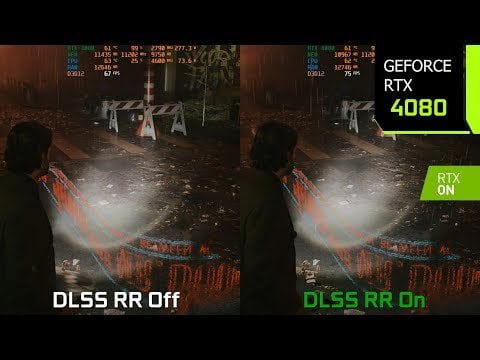
Final Recommendation: Buy it. If you're a fan of psychological horror, detective games, or just well-crafted narratives, Alan Wake 2 is worth the investment – provided your PC can handle it. The performance can be demanding, but the visual payoff is immense, and the story is captivating. Just be prepared to lose yourself in the Dark Place.

